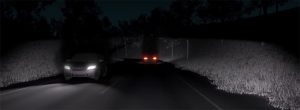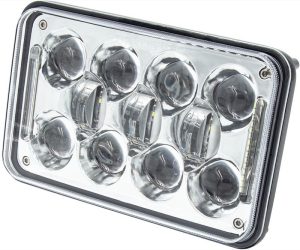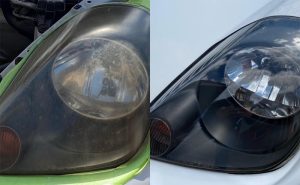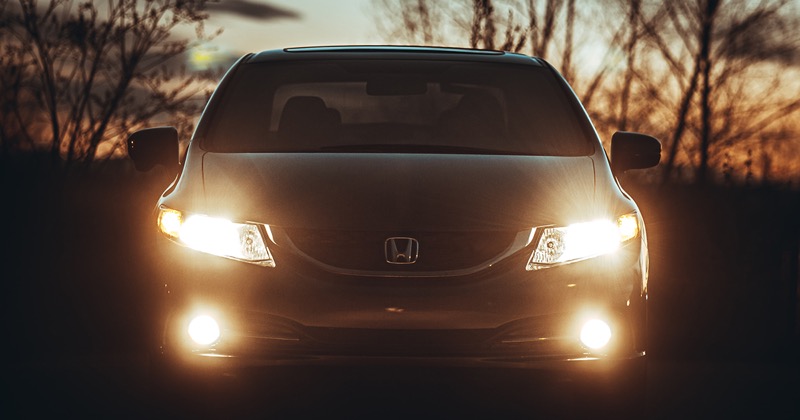Did you know that more than 70% of accidents involving pedestrians happen at night? When it comes to vehicle safety, a properly functioning forward lighting system on your car or truck is essential when driving after sunset. Being able to see what’s ahead of you is crucial in avoiding accidents. Likewise, having lights that are aimed properly will prevent your vehicle from blinding oncoming drivers – an issue that is often overlooked in our quest to see as far as possible. As we age, our ability to see well in dark situations is often dramatically reduced. Proper vehicle lighting is one easy way to mitigate this.
Vehicle Lighting Systems

While the average driver would think that you’d want headlights that are as bright as possible, what matters more is proper light distribution. Companies such as Audi and Mercedes-Benz spend millions of dollars researching and testing new headlight technologies. Their efforts aren’t always targeted at delivering the brightest lights possible. Mercedes-Benz recently introduced a new technology called Digital Light that displays safety information as if it were on the road in front of the vehicle. Vehicles such as the Cadillac XT6 include adaptive driving beam lighting systems that actively dim portions of the light output to avoid blinding oncoming drivers.

None of us will likely purchase a new (very expensive) vehicle to improve how well we see at night. As such, the only option for consumers is to upgrade their headlight bulbs. The replacement bulbs must maintain a light output pattern identical to what the vehicle was designed to deliver. There should be a sharp horizontal cut-off in most applications that prevents the headlights from shining in the face of oncoming drivers. The light distribution pattern should be brightest just slightly below the center of this cut-off to throw as much light as possible down the road. The lights should offer good off-axis illumination to make the sides of the road visible. The area just in front of the vehicle shouldn’t be too bright, as this causes the iris in our eyes to close, reducing our long-distance vision. Finally, make sure that any bulbs you purchase are legal for on-road use in your jurisdiction.
Headlight Maintenance Improves Performance

You can do a few things to keep your lighting system functioning well. First, make sure your lights are aimed properly. For example, if you can’t see more than three seconds ahead of you on a dark road, you likely need your lights aimed, or you need to slow down. Likewise, if other drivers are flashing their lights at you, get yours checked as soon as possible. A proficient service center or car dealership will have access to headlight aiming instructions for your vehicle.
Keep your headlights clean. You’d be surprised how much light can be blocked by road grime or slush and salt in the winter. Wipe off your headlights with a clean, soft microfiber cloth every time you refuel your vehicle. You can apply a high-quality wax or sealant to the lenses to help keep them clean and clear.
If your vehicle has plastic headlight lenses that are starting to fade, a local detail shop should be able to polish them to restore their clarity. Make sure the lights are coated with a UV protectant once polished. If they aren’t, they’ll fade and turn yellow even faster.
If your vehicle uses standard incandescent headlight bulbs at a reduced voltage for daytime running lights, check the bulbs several times a year to see whether a brown chemical has been deposited inside the bulb’s glass. If so, replace them to maintain proper light output when needed.
Check Your Lights Before Driving at Night
Before you head out for a drive after dark, dedicate some time to checking that the forward lighting system on your car or truck is in tip-top shape. Properly adjusted high-performance lighting systems are vital to your safety while on the road.


